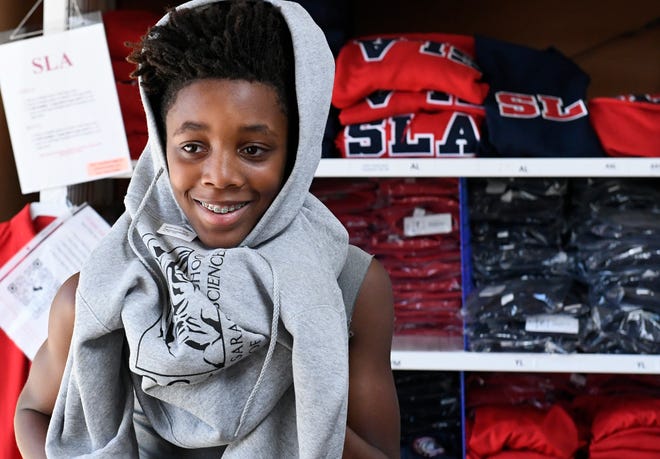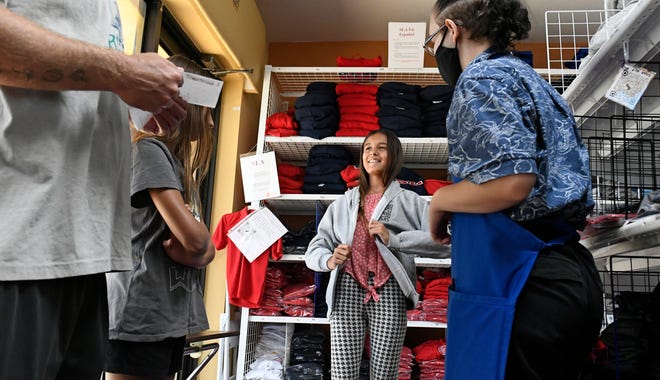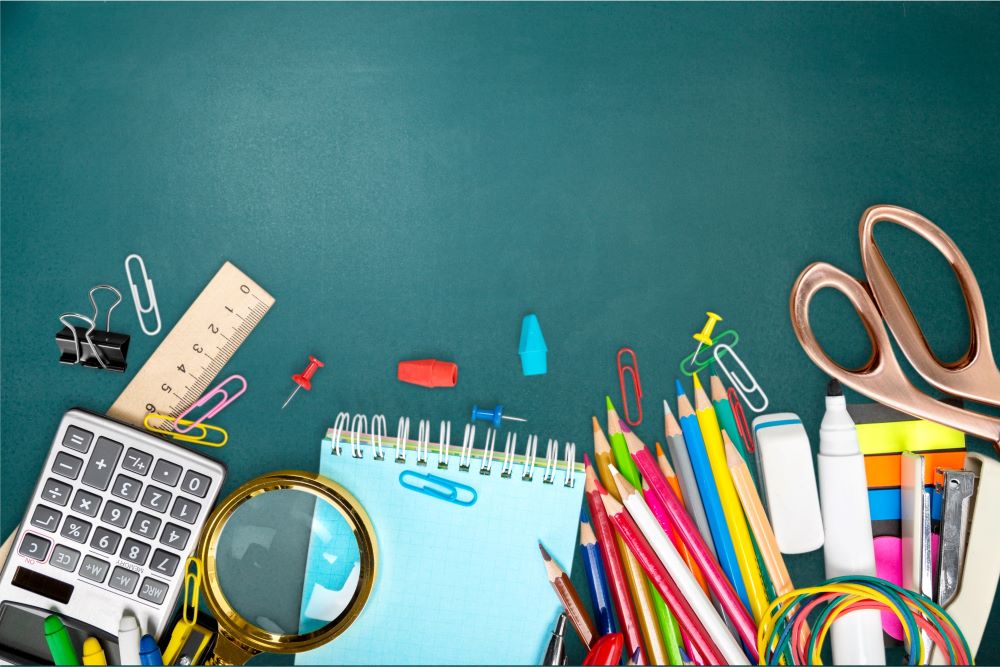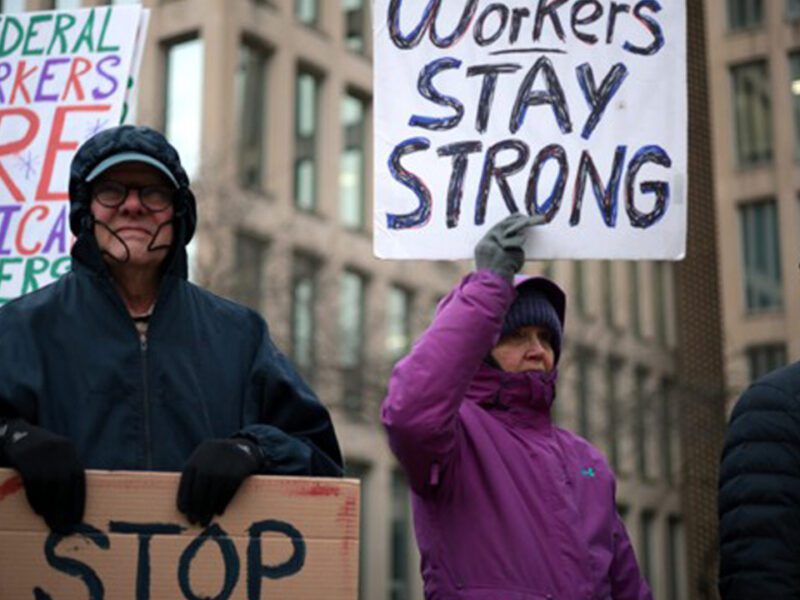Back to school shopping will hold steady despite inflation
Sarasota Herald-Tribune | By Laura Finaldi | Updated July 25, 2022
While inflation might have consumers rethinking how they spend their money, families are still planning to pay quite a bit for back to school merchandise.
The National Retail Federation reports that despite higher prices on things like food and gas, consumers are prioritizing shopping for back to school and back to college items this year.
“Necessities are the most protected segment of retail, and getting kids off to school with clothes that fit and all the accessories they need is definitely a necessity,” Mark Mathews, the NRF’s vice president of research said on a June 19 webinar.

Total spending this back to school shopping season is expected to reach $37 billion, the same as 2021. Spending on back to college items will reach $74 billion, an NRF survey said, the highest figure ever and an increase over $71 billion last year.
Families with children in elementary school and high school are expected to spend an average of $864 on school items, a year-over-year increase of $15, and families with college students will spend $1,199, which is basically flat compared to 2021.
The U.S. is heading into the back-to-school season amid 25 straight months of year-over-year increases in retail sales. Sales are up 7% so far this year over 2021 levels, according to the NRF.
But the Consumer Price Index was up 9.1% year-over-year in June, the largest 12-month increase since the period ending November 1981, according to the U.S. Bureau of Labor Statistics. Inflation has surpassed COVID as the number one thing on the minds of consumers, a recent NRF survey showed.
Although prices for specific items like computers and books haven’t jumped significantly since 2019, spending has increased by a lot. Total back to school shopping is up by $11 billion since before the pandemic and for back to college, the increase has been $19 billion, the NRF found.
A lot of what’s driving that increase is more spending on electronics, Katherine Cullen, senior director for industry and consumer insights at the NRF, said. Laptops, calculators and mobile devices are being purchased at about the same rate as last year, but demand for things like accessories, speakers, printers and computer mice has slowed.
“About 50% of the growth in back to school spending compared to 2019 is being driven specifically by the electronics category, and about a quarter of the growth for back to college is being driven by electronics,” Cullen said. Spending on dorm and apartment furniture is also driving the increase in spending for college students.

In Florida, July 25 is the first day of the state’s back to school sales tax holiday, which runs through Aug. 7. School starts in Sarasota and Manatee counties just three days later on Aug. 10.
The items that will be tax-exempt during the holiday include:
- Certain clothing, footwear and accessories selling for $100 or less per item.
- Certain school supplies selling for $50 or less per item.
- Learning aids and jigsaw puzzles with a sales price of $30 or less.
- Personal computers and related accessories purchased for noncommercial home or personal use with a sales price of $1,500 or less.
Unlike past sales tax holidays, which have typically lasted just a few days, this one is almost two weeks. The idea was to give working families more time to shop, Scott Shalley, president and CEO of the Florida Retail Federation, said.
Because of excess inventory, Shalley said, consumers can expect to see plenty of sales at retail stores, giving them more opportunities to save.
“With regards to clothing items, some retailers have excess inventory, so I expect significant sales, which are an opportunity for additional savings concurrent to the tax break,” Shalley said. “The uncertainty of the supply chain caused many retailers to get what they could, and it exceeded demand.”
Sales will likely be popular, because data from the NRF shows that consumers are shopping markdowns, comparing prices online, going to discount stores, eating out less and even changing potential vacation plans to make sure they can afford back to school items.
To have enough money, 32% of consumers who make less than $50,000 per year said they’ll have to either borrow funds or go into debt. That percentage drops to 13% for consumers who make between $50,000 and $100,000 per year and it’s 7% for people who make more than $100,000.
But when asked if they’d have to dip into savings to cover back to school, 33% of consumers making more than $100,000 said yes. That figure was 32% of consumers making between $50,000 and $100,000 and 36% for people making less than $50,000.
“We know that higher prices and inflation are very much top of mind for this year’s consumers,” Cullen said.






